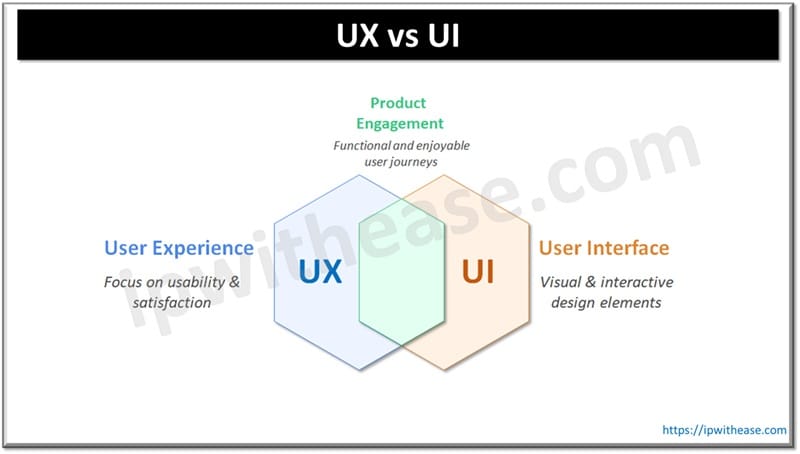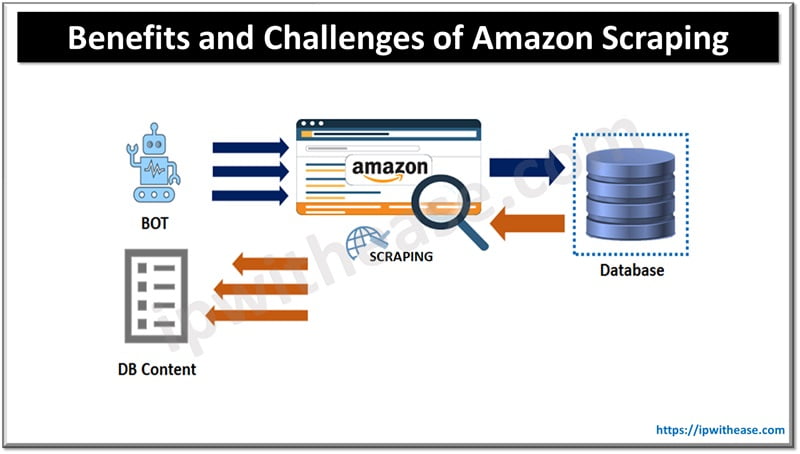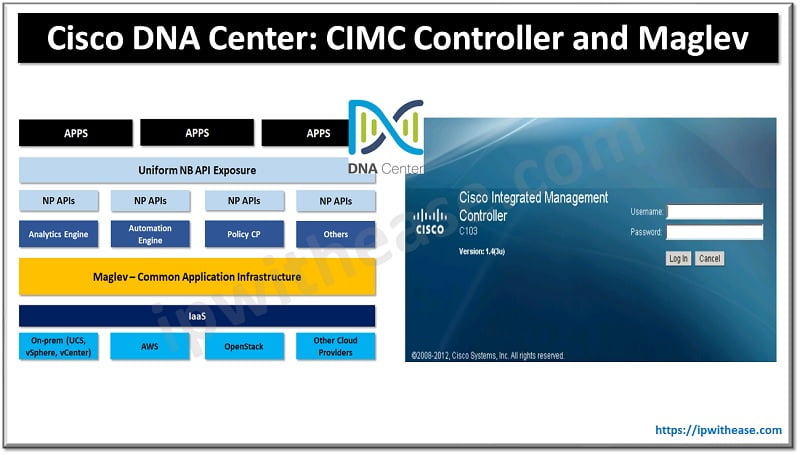Table of Contents
UX and UI are the two terms often used interchangeably in the digital world. Both are indispensable with different roles for the creation of successful products, and leave a distinct impact on the design process. A user needs to have the knowledge of both for the successful design execution.
UX or User Experience focuses on the overall feel, usability, and satisfaction of a product from the user’s perspective. On the other hand, UI or User Interface deals with the visual and interactive elements (buttons, icons, layouts) that users interact with.
Creating impactful experiences with user-friendly UI/UX design solutions is fundamental to the success of any digital product. In this blog, we will understand the comparison between the two terms, i.e. UX vs UI in detail.

What is UX
As stated above, User Experience is all about how a product feels to the consumer. It focuses on the overall journey a user goes through when interacting with a website, app, or system. For example, if an e-commerce site allows users to quickly find products, compare options, and check out with minimal steps, that’s good UX.
Features
- User Research: Understanding user needs, behaviors, and pain points.
- Information Architecture: Structuring content logically for easy navigation.
- Wireframing & Prototyping: Creating low and high-fidelity models to test ideas.
- Usability Testing: Validating that the product is intuitive and accessible.
- Accessibility: Ensuring inclusivity for all users.
What is UI
User Interface focuses on the look and feel of the product. It’s about the visual and interactive elements that users engage with on-screen. For example, the color of a “Buy Now” button, the spacing of elements, and the smooth animation of a dropdown menu fall under UI.
Features
- Visual Design: Colors, typography, and layout.
- Interactive Elements: Buttons, forms, sliders, and menus.
- Consistency: Maintaining uniform design patterns across screens.
- Micro-Interactions: Animations, hover states, and transitions that delight users.
- Responsiveness: Adapting seamlessly to different devices.
Comparison: UX vs UI
| Parameter | UX (User Experience) | UI (User Interface) |
|---|---|---|
| Definition | The overall experience a user has while interacting with a product. | The visual and interactive elements users engage with on-screen. |
| Focus | Functionality, usability, and user journey. | Look, feel, and interactivity of the product. |
| Goal | Make the product easy, intuitive, and enjoyable to use. | Make the product visually appealing and consistent with the brand. |
| Core Question | “Is it easy to use?” | “Is it visually attractive and engaging?” |
| Elements | Research, wireframes, prototypes, usability testing, information architecture. | Colors, typography, buttons, icons, layouts, animations. |
| Output | User flows, wireframes, prototypes, accessibility guidelines. | Final design mockups, interactive visuals, style guides. |
| Role | Acts as the architect (blueprint of the product). | Acts as the interior designer (look and feel). |
| Tools | Figma (wireframes), Miro, Axure, Adobe XD, user testing tools. | Figma (visual design), Sketch, Adobe XD, Photoshop, Illustrator. |
| Impact | Improves usability, efficiency, and satisfaction. | Builds brand identity, emotional appeal, and engagement. |
| Without the Other | Functional but dull and unattractive. | Attractive but confusing and frustrating. |
Download the comparison table: UX vs UI
How UX and UI Work Together
Both UX and UI directly impacts the outcome of a business. We can understand this in context of building a house. UX is more like the blueprint that focuses on the functional aspects like the structure, layout, and flow. Whereas, UI represents the interior design that focuses on the aesthetic aspects like the paint, furniture, and finishes to make the house beautiful. Functionality and aesthetics go hand in hand. Just like a visually appealing house with structural flaws won’t be livable; a well-structured but visually ugly won’t feel inviting. The same way both UX and Ui have an equally important impact while creating a design solution.
- A Good UX ensures higher customer satisfaction, better retention, and reduced user frustration.
- A Good UI ensures stronger brand identity, increased trust, and higher conversions.
Thus, a product with a combination of good UX and UI is the one that people don’t just use but genuinely love, leading to long-term loyalty.
Final Thoughts
UX and UI are two sides of the same coin. UX ensures that a product is easy and enjoyable to use, while UI makes it visually engaging and brand-consistent. Neither works effectively in isolation. Together, they create experiences that drive both usability and emotional connection, helping businesses stand out in a competitive digital world.
ABOUT THE AUTHOR
IPwithease is aimed at sharing knowledge across varied domains like Network, Security, Virtualization, Software, Wireless, etc.



